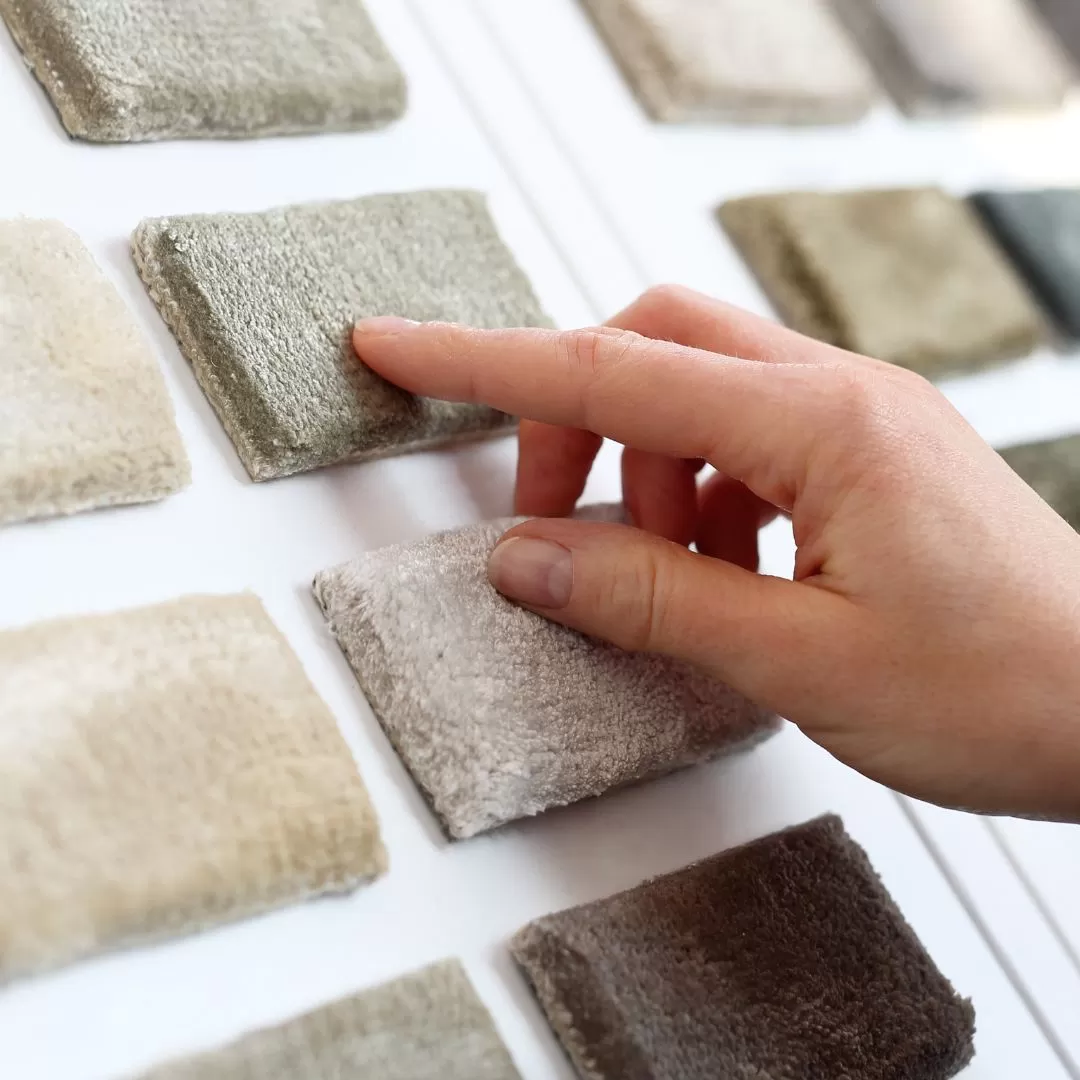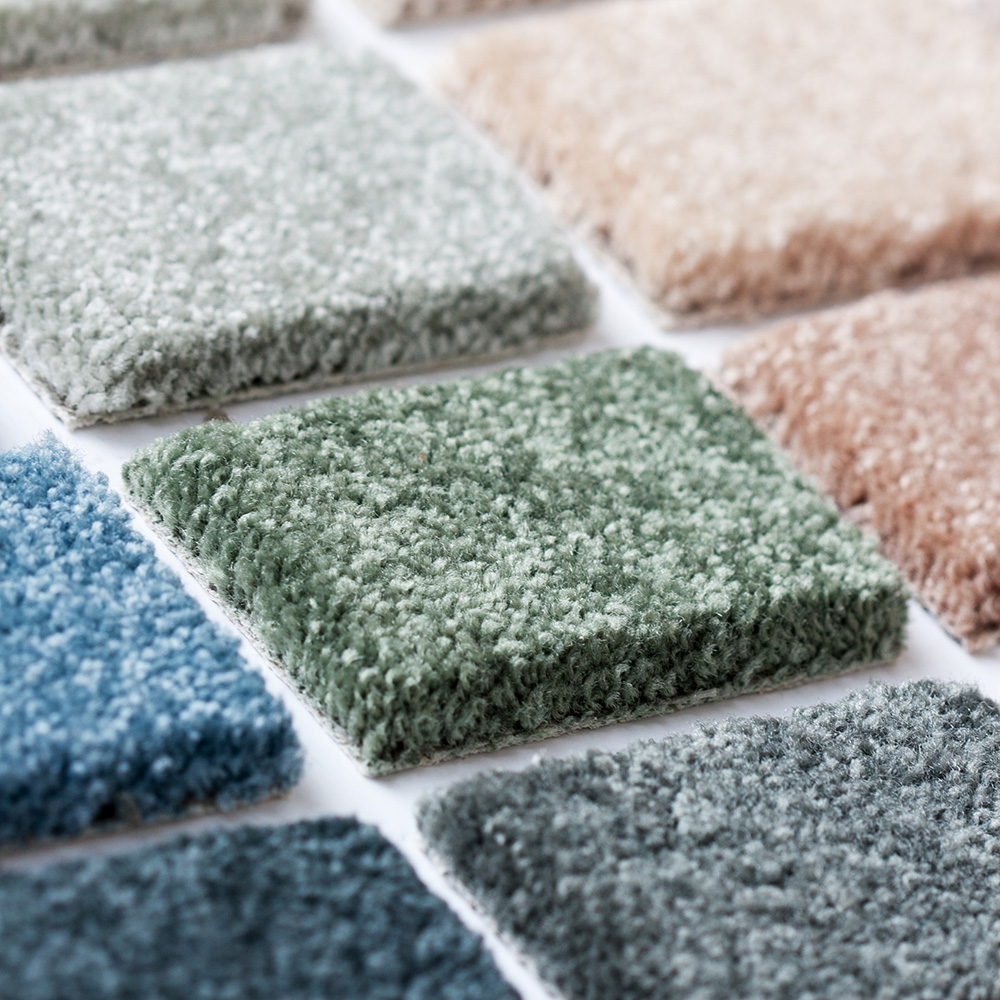What Is Carpet Face Weight & How Important Is It?
Related Product: Carpet Tiles Modular Squares 3/4 Inch x 1x1 Ft.
What Is Carpet Face Weight?
Carpet face weight - what does it mean? The carpet face weight is the weight of the carpet pile per square yard of carpet. It’s measured in ounces and refers to the weight of the carpet fibers only, not including the weight of the carpet backing material.Measuring the weight of the fibers plus the carpet backing material gives you the total weight of the carpet. The face weight vs the total weight are two different measurements that are significant in different ways. The total weight of the carpet gives you important information about how heavy the carpet will be, which is helpful if you’re going to be installing the product.
In contrast, the meaning of carpet face weight helps you to compare two carpet products that are largely identical. For example, if you have two carpets made with the same fiber, the same twist, and created in the same style, the face weight serves as a guide for determining the overall density and quality of the carpet. When comparing two largely identical products, the carpet with the higher face weight would be more durable and a higher-quality product than the carpet with the lower face weight.
Is Carpet Face Weight a Reliable Measurement?
The carpet face weight is a reliable measurement only when used appropriately. Carpet face weight gives you key information when comparing carpeting that is nearly identical.The measurement isn’t as accurate when you’re comparing carpet that’s made of different fiber types or of different styles. For example, certain fiber types, like nylon and wool, have different durabilities. Comparing the weights of these two different fiber types won’t really give you helpful information about the carpet’s quality, since the fiber types are so different.
The same is true with comparing the carpet face weight of different carpet styles. Berber carpets have a low pile and lower number of fibers than other carpet types, so they have a lower face weight. Comparing a Berber carpet face weight to the face weight of a more dense, high pile carpet can be deceptive, since the carpet styles are so different.
Many manufacturers are now referencing carpet face weights. This information can be valuable when you’re comparing a specific carpet style and fiber type, but if you’re comparing different types of carpet, you’re better off considering the face weight plus other factors, too.

What Other Qualities Are Important When Buying Carpet?
In addition to the carpet face weight, look for these other factors to help you choose the best product for your needs.1. Carpet Style
There are many carpet styles available, and the best style will depend on how you plan to use the carpet. Plush carpeting is a popular choice for bedrooms, but shows footprints and isn’t ideal for high-traffic areas. Berber carpet has an elegant appearance, but the loops can be easily snagged by pet claws. Frieze is a cut pile carpeting that is highly durable and is ideal for high-traffic areas.
2. Fiber Type
The fiber type will affect how the carpet performs over time, as well as its price. Nylon fibers are highly durable and are ideal for high-traffic areas. Polyester fibers are stain-resistant and luxurious underfoot, but they’re not quite as durable as nylon.
3. Pile Height
The pile height affects the feel and look of your carpet. A higher pile height creates a more cushioned feel, which can be ideal if you have kids who will be crawling or who might fall on the carpet. A shorter pile height provides less cushion but can be easier to clean.
4. Density
The carpet’s density, which refers to the thickness of the fibers as well as how tightly packed they are within the carpet, plays a key role in its performance and durability. What is a good density? In most cases, look for a density rating of at least 2,000, which indicates a high-density carpet that won’t be easily crushed. If you’re able to see the carpet in person and can bend it back easily, then it’s a low-density product that can be more easily crushed.
